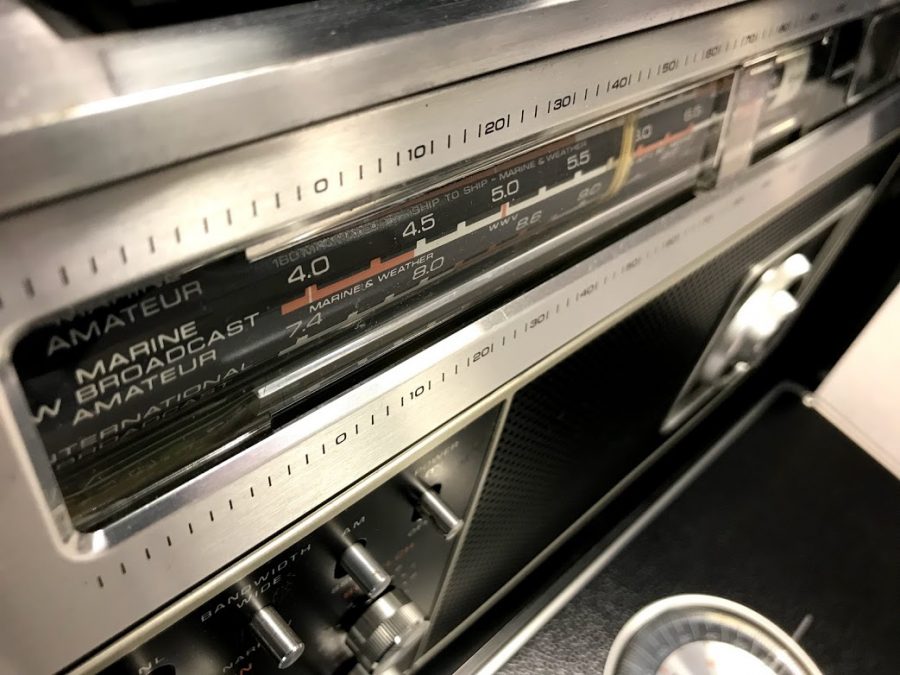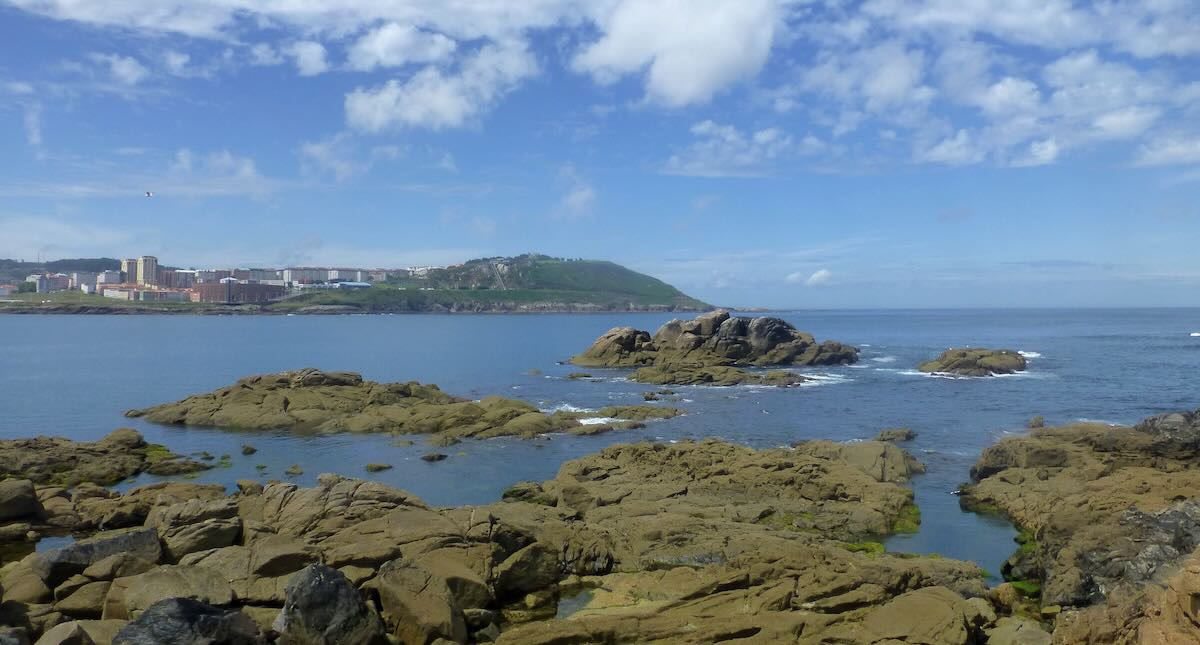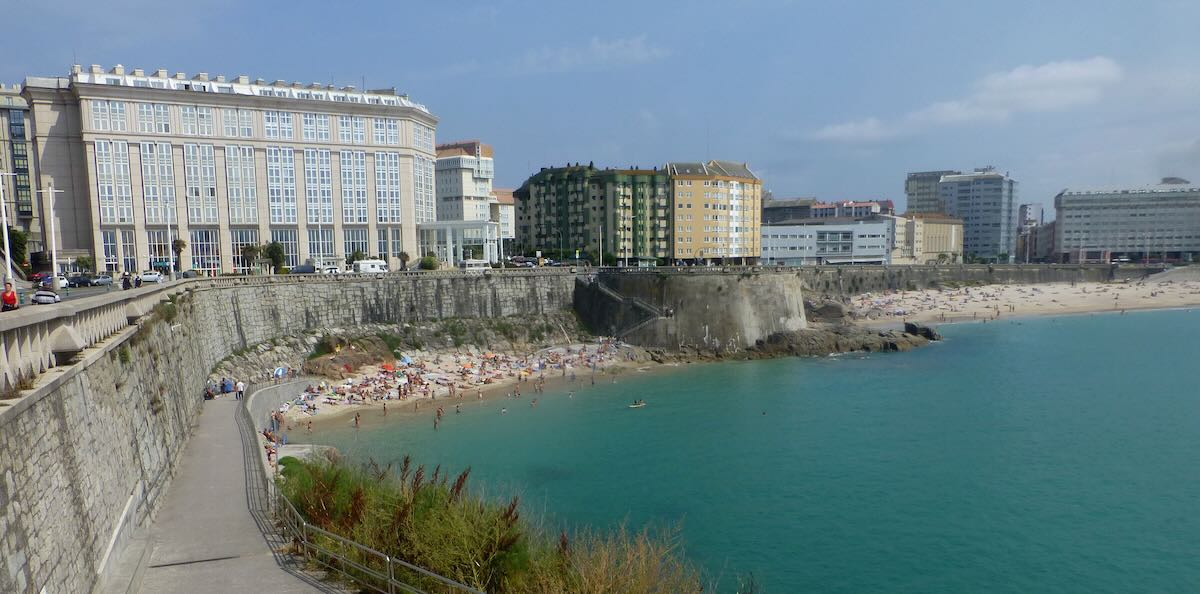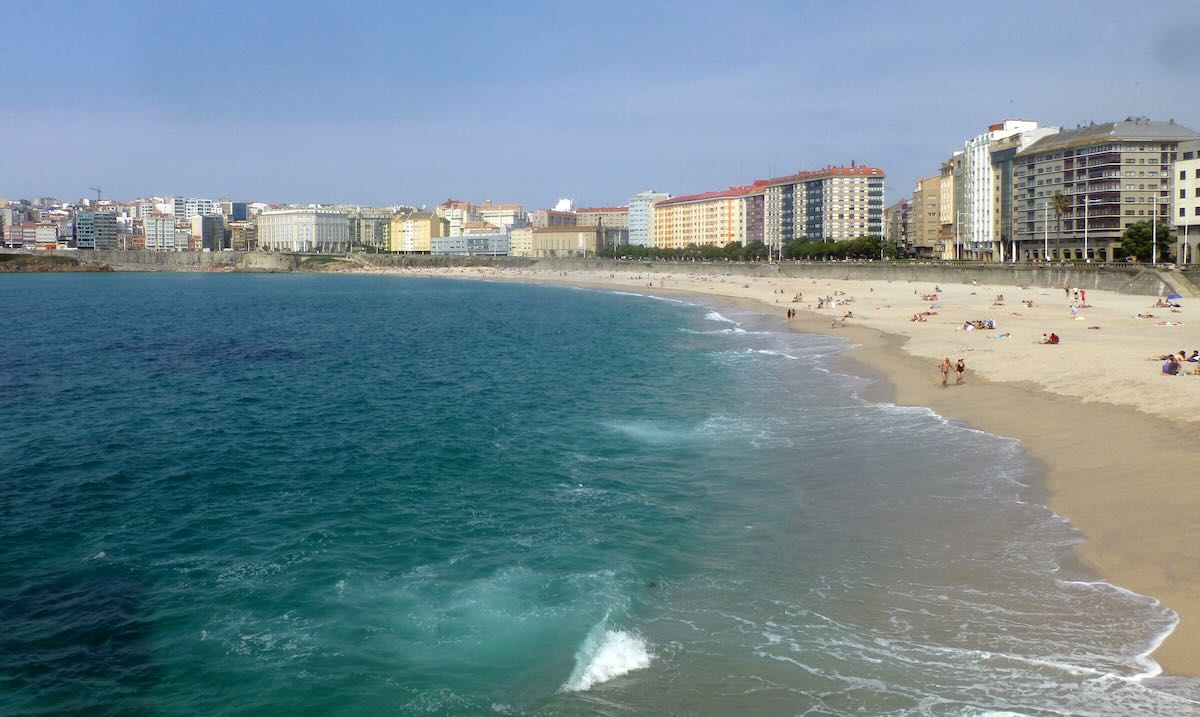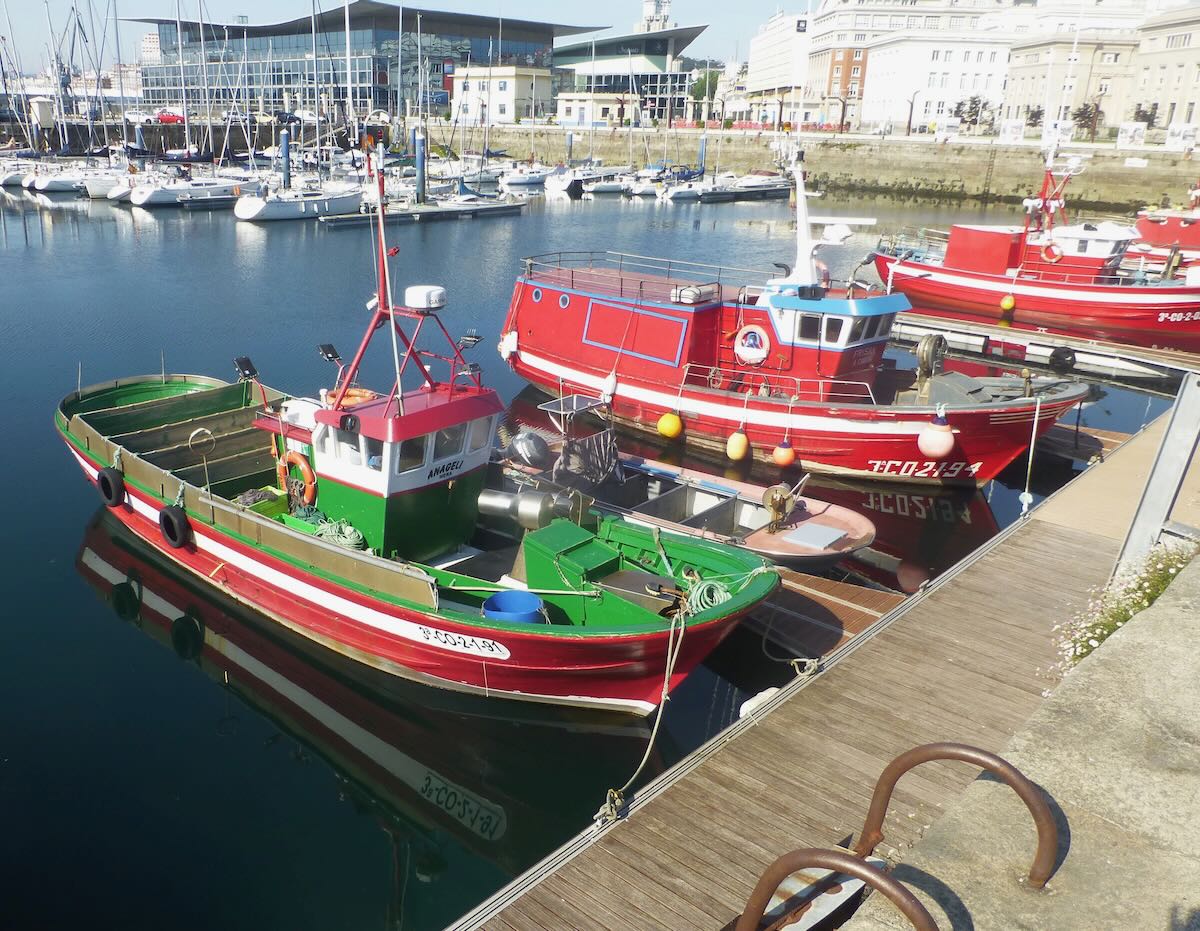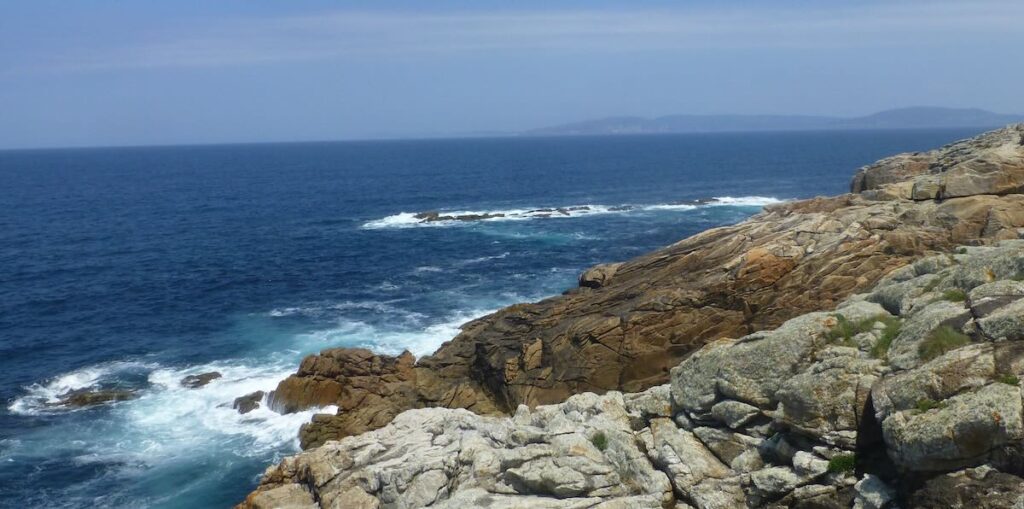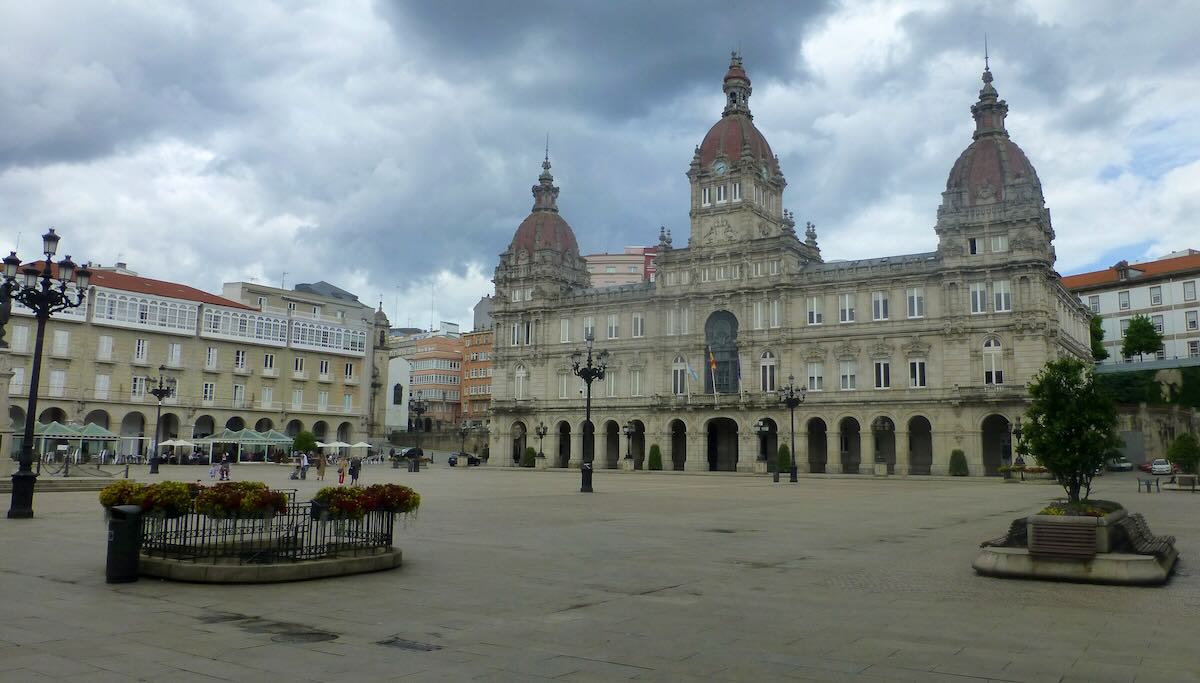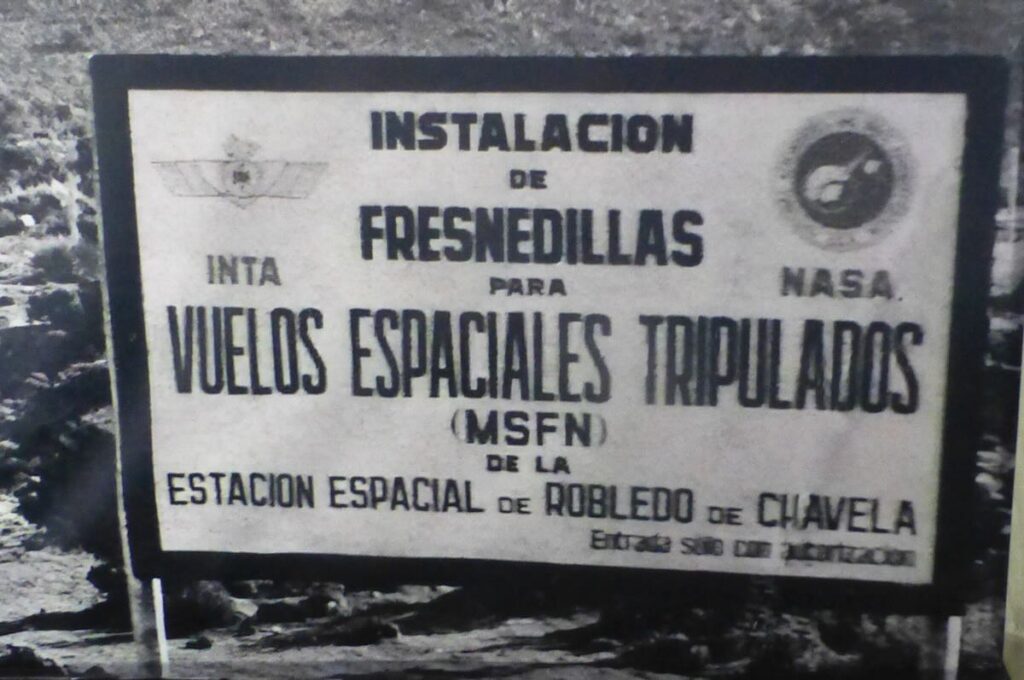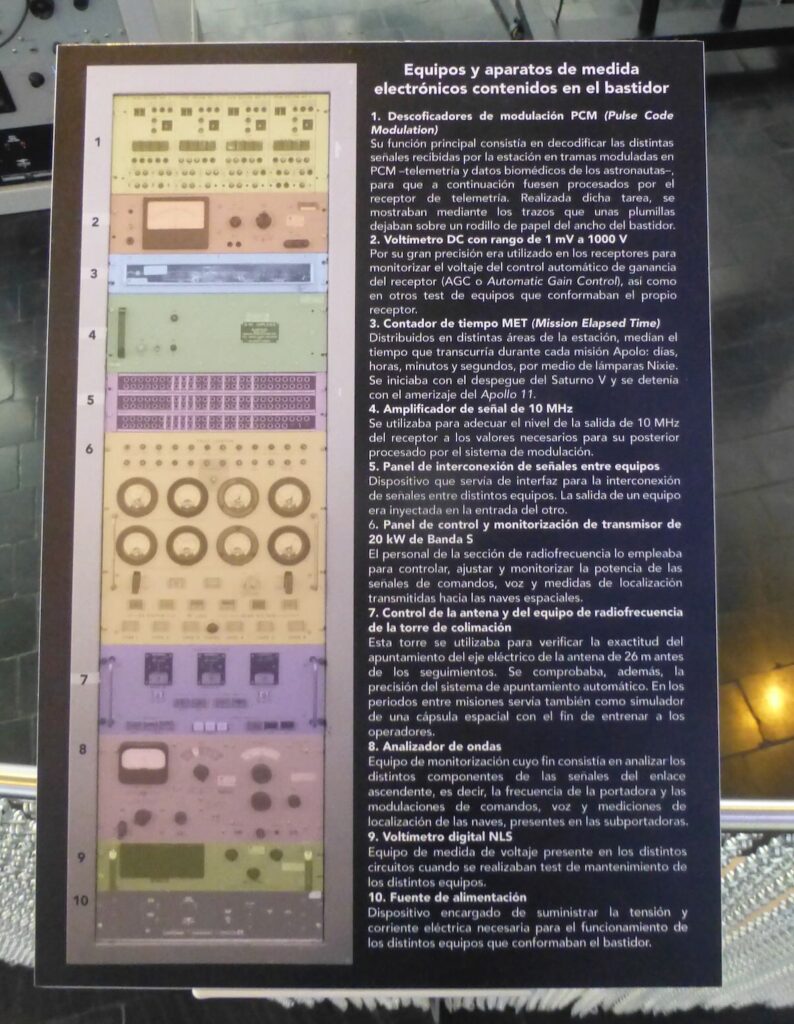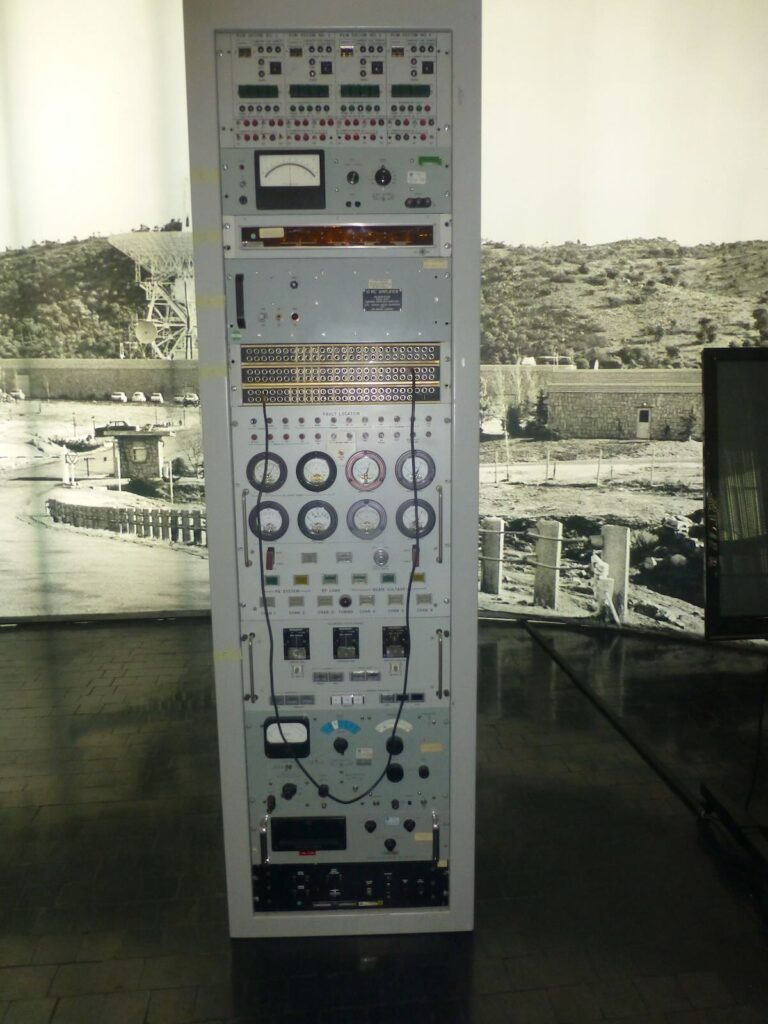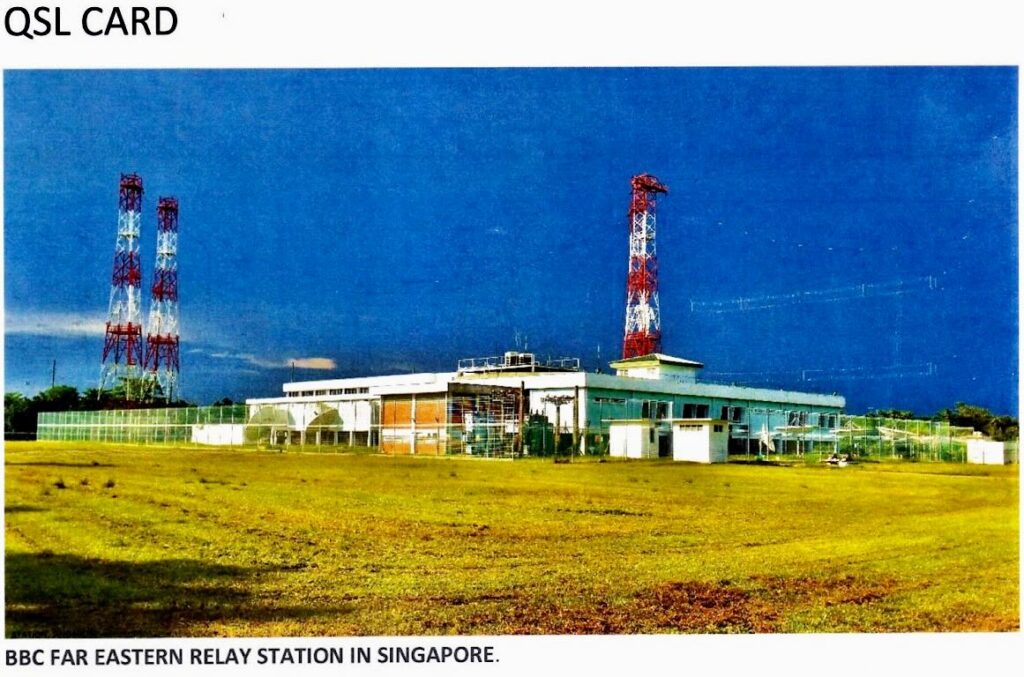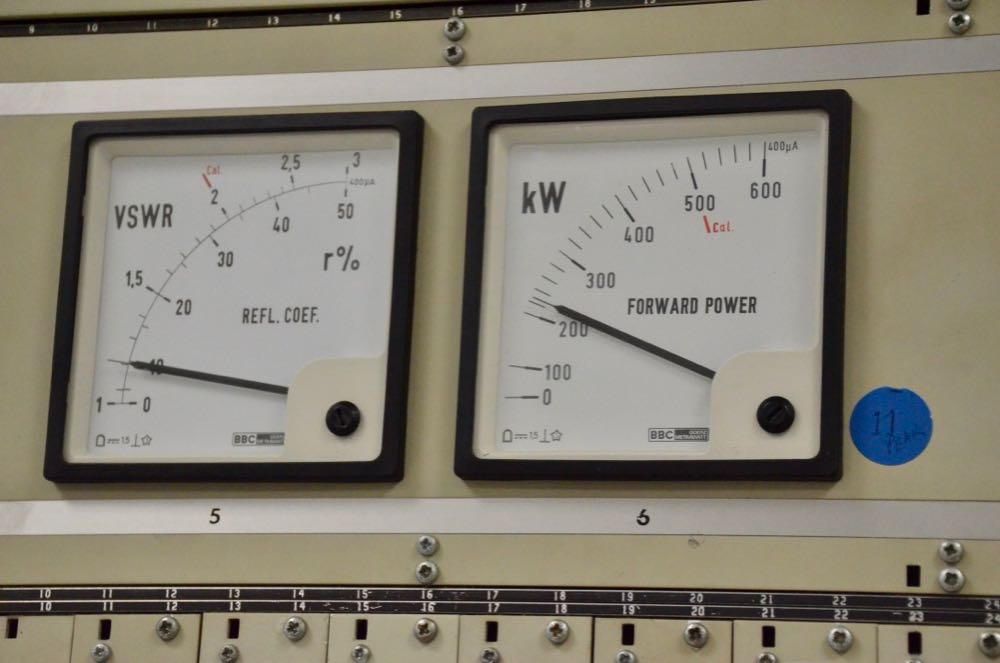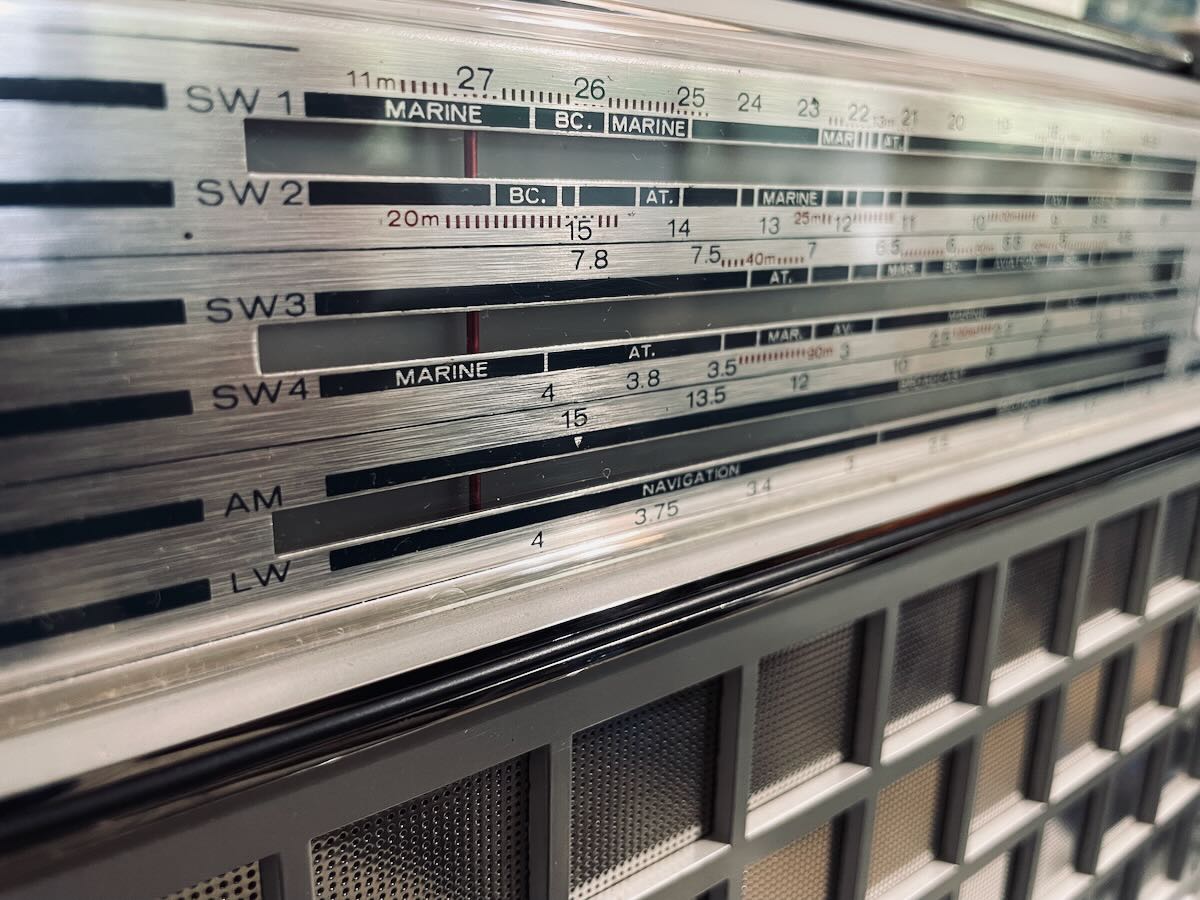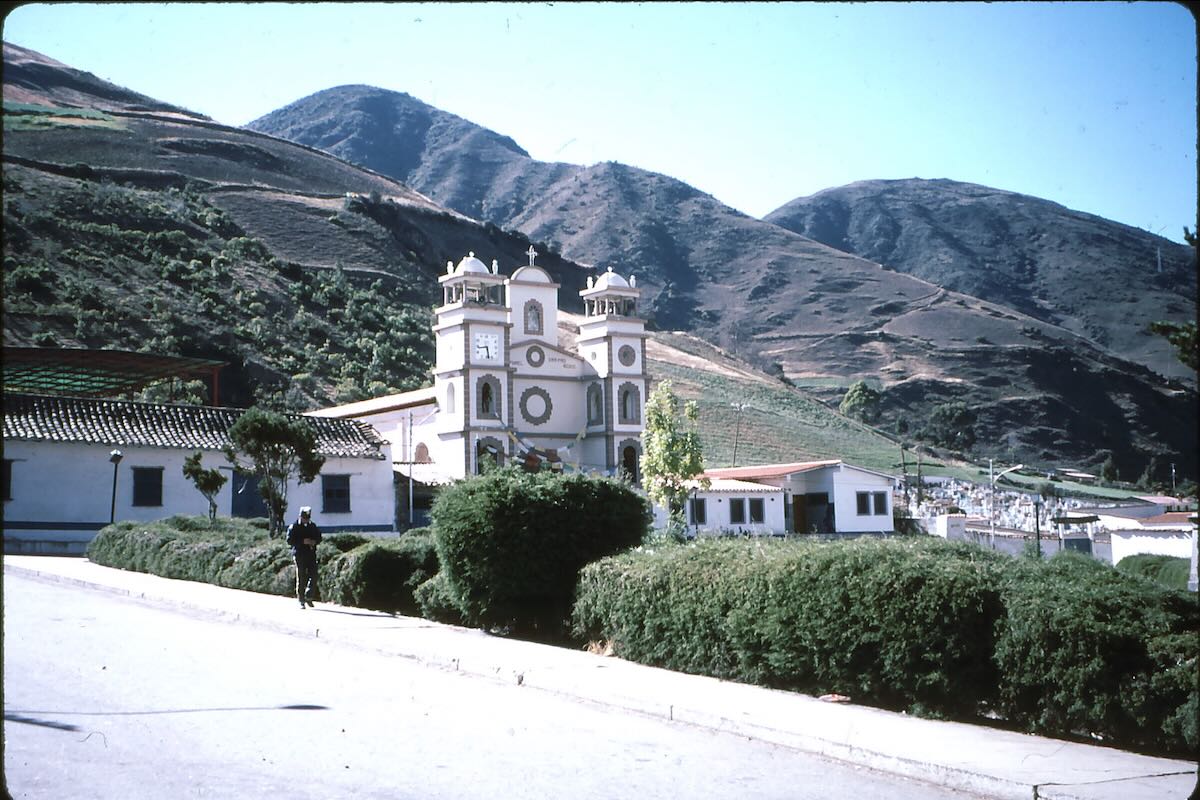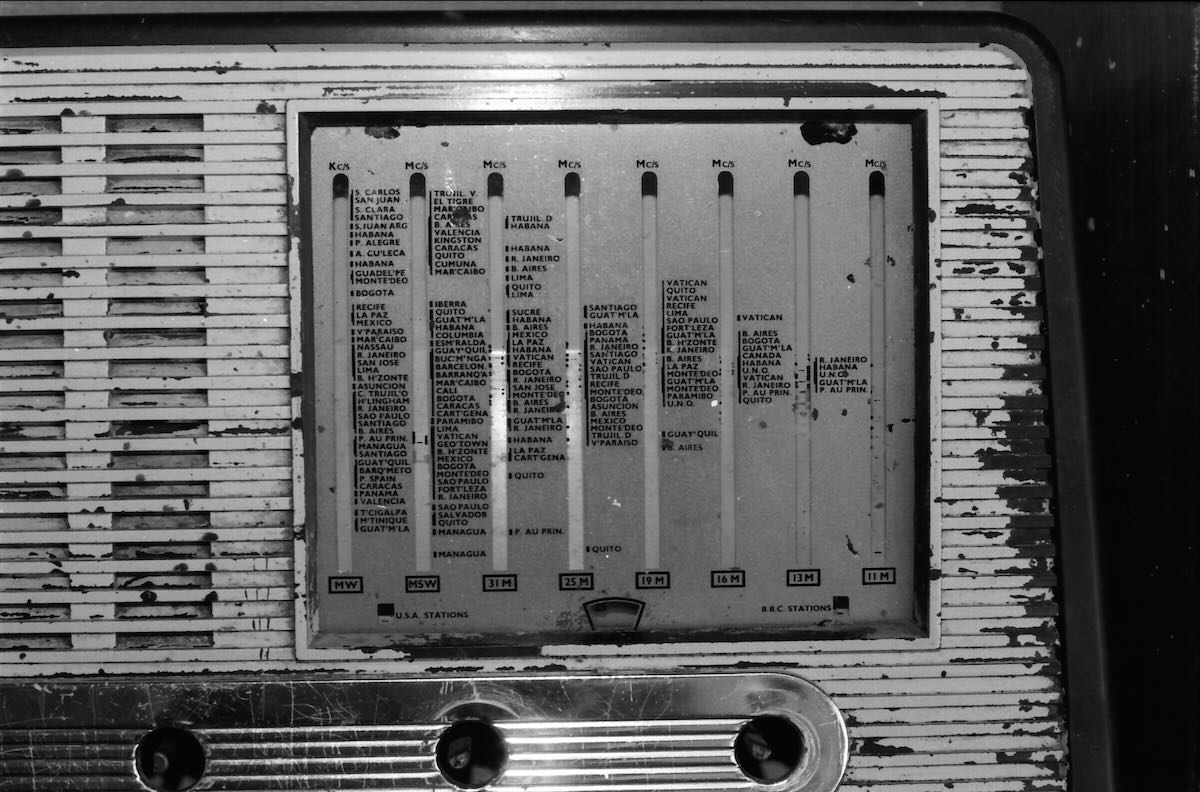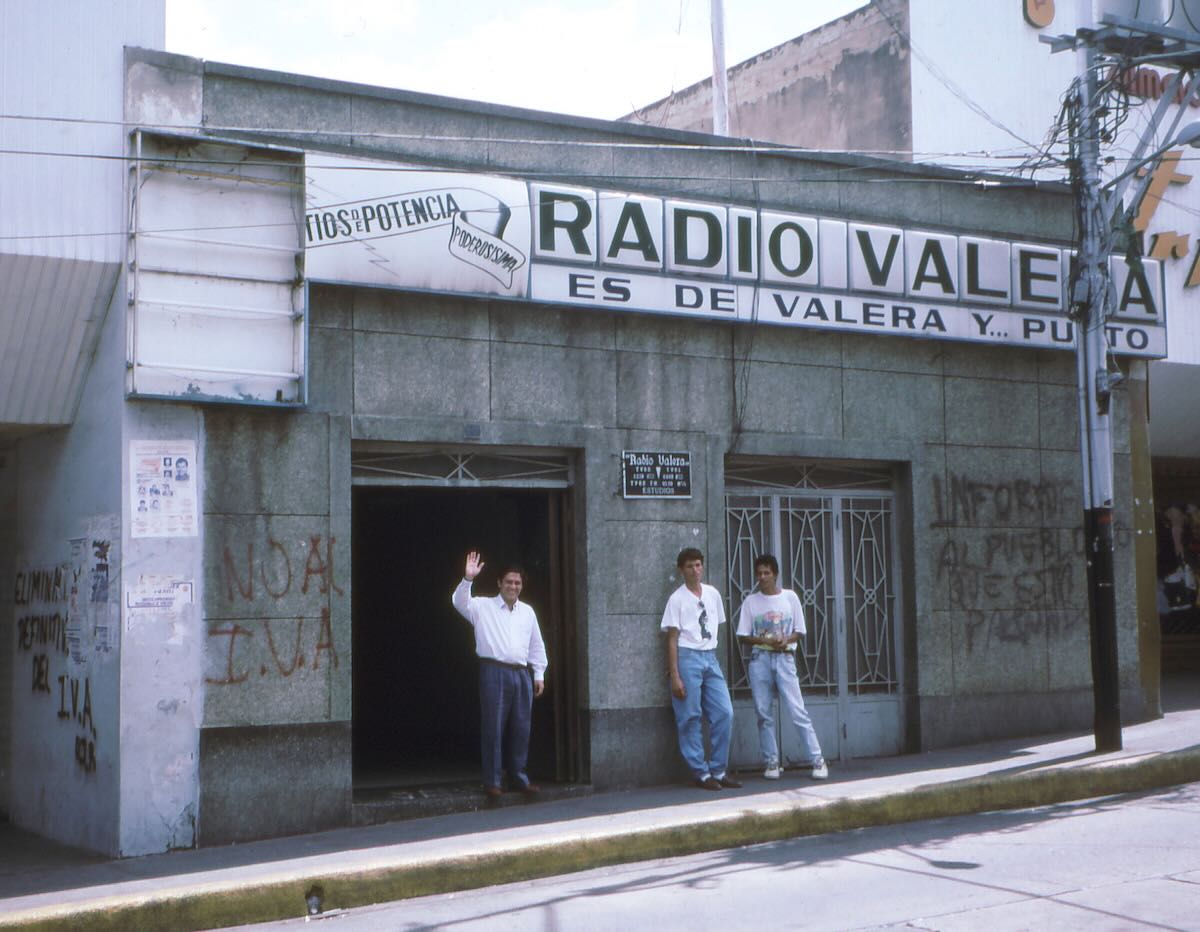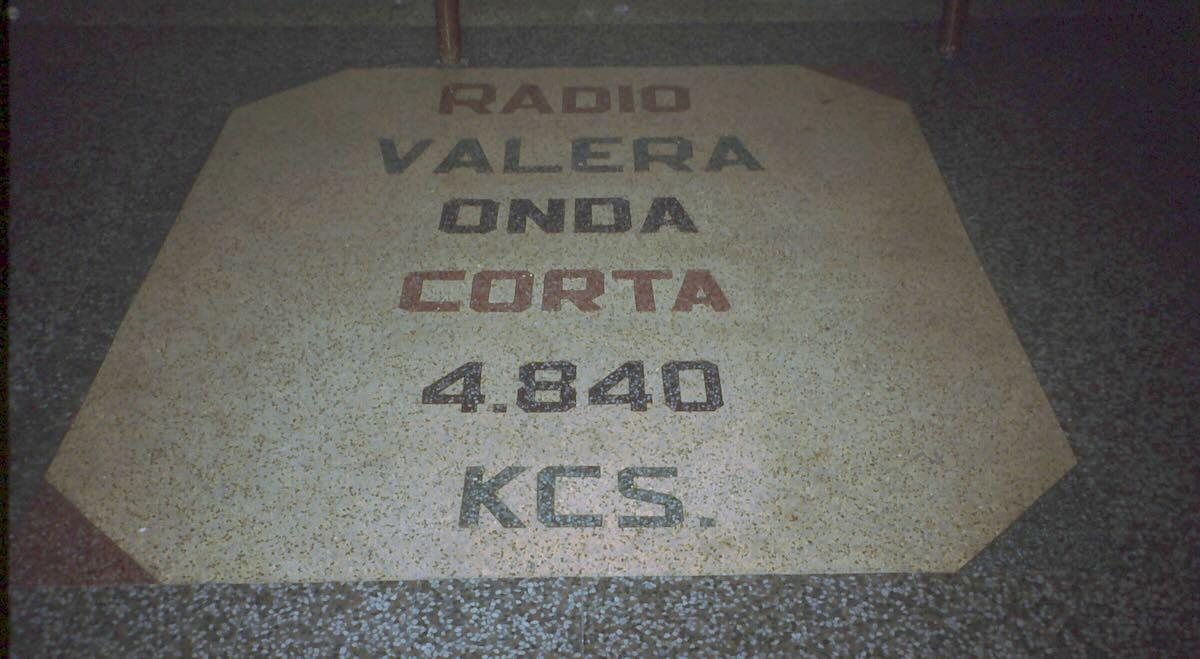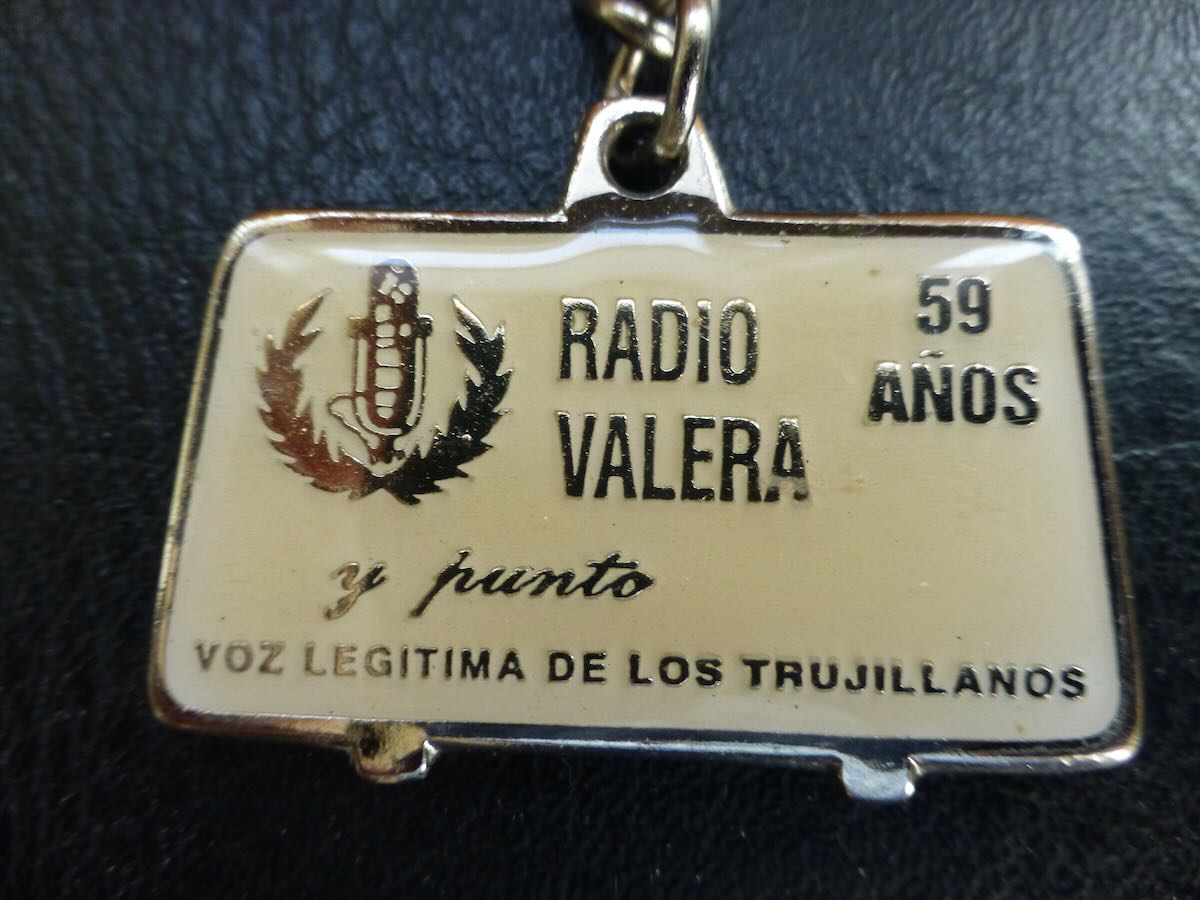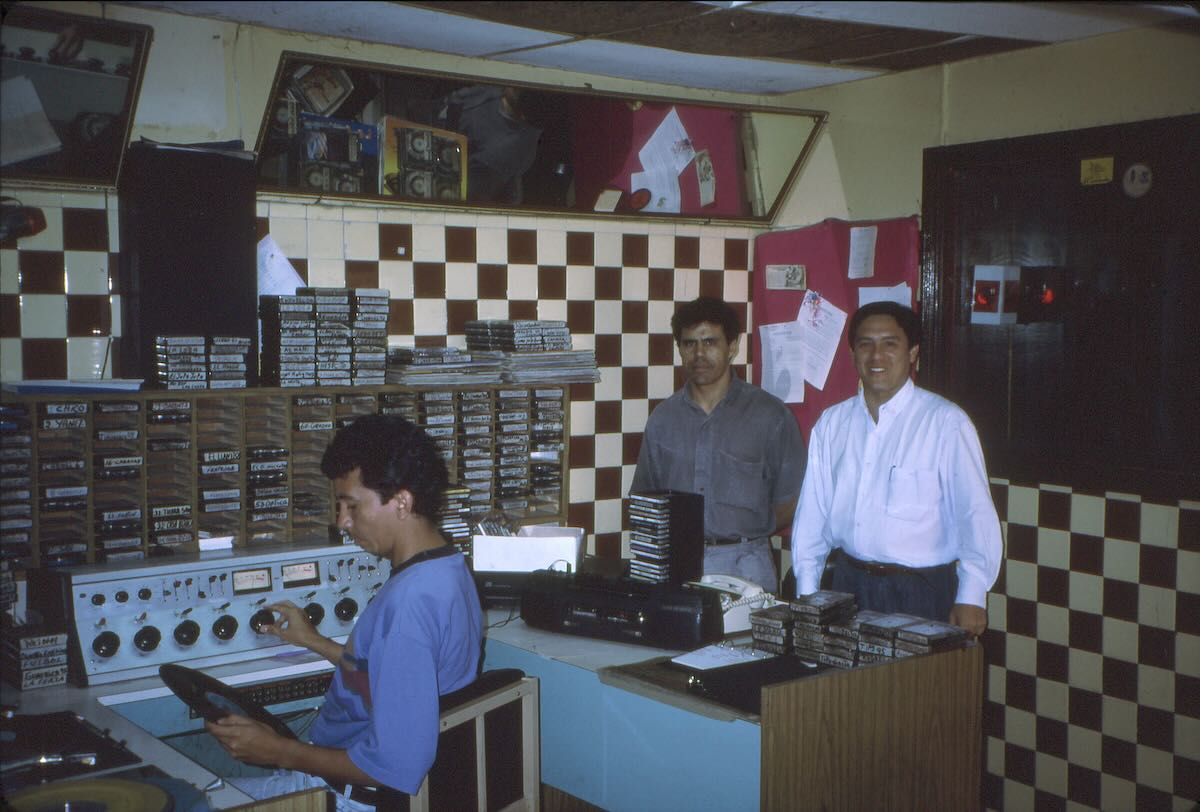Radio Waves: Stories Making Waves in the World of Radio
Welcome to the SWLing Post’s Radio Waves, a collection of links to interesting stories making waves in the world of radio. Enjoy!
Many thanks to SWLing Post contributor Dennis Dura and Tracy Wood for the following tips:
Senate Committee Passes “AM For Every Vehicle Act,” Sends It to Senate Floor (Radio World)
Committee gives the legislation a green light
On Thursday morning, the U.S. Senate Committee on Commerce, Science and Transportation officially passed the AM For Every Vehicle Act on to the Senate floor. The executive session was broadcast live and facilitated by committee chair Sen. Maria Cantwell, a Democrat representing Washington state.
The ranking Republican, Sen. Ted Cruz, supports the measure, saying in a statement that “AM radio is vital to free expression and viewpoint diversity” and “allows Americans, especially conservatives, to communicate their points of view and help free speech flourish.”
The legislation was passed via a voice vote, and, while not every senator’s vote was recorded, the National Association of Broadcasters said Sen. Gary Peters, a Democrat from Michigan, asked that he be recorded as a ‘no.’” Michigan is home to the U.S. automaker industry, which opposes the AM For Every Vehicle Act. The Alliance for Automotive Innovation, which has a base in Michigan, recently said, “Congress has never mandated radio features in vehicles ever before.” It called the bill unnecessary. [Continue reading…]
“iHeart Is Still Focused on AM as a Medium” (Radio World)
Littlejohn and Mullinax describe recent projects to protect and extend its investment
At a time where the viability of the U.S. AM broadcast band has come under the microscope, what’s the prevailing attitude of iHeartMedia and the 250 AM properties it owns and operates?
Continue to invest, says Jeff Littlejohn.
“iHeart is still focused on AM radio as a medium,” said the company’s executive vice president of engineering and systems integration. “We see the importance AM has not only as an entertainment medium, but for news and information.”
Among other things, Littlejohn strongly believes in AM’s importance for emergency weather coverage. Perhaps nowhere is that more evident than in South Florida.
In addition to being an iconic AM signal dating to the 1920s, iHeartMedia’s news/talk 610 WIOD in Miami has received notoriety and awards — including regional recognition from the Associated Press — for its breaking news and weather coverage, notably during Hurricanes Andrew, Katrina and Wilma. [Continue reading…]
Notes about two Spanish language stations (Tracy Wood)
Many thanks to SWLing Post contributor, Tracy Wood, who writes:
I continue to enjoy the blog. Yes, those radio sets that appear in Spanish TV (and in the movies) are great! Lots of Grundigs, Philips, Telefunkens, and national brands.
Here are the two items
(1) Swan Island
At one time this was the home to Radio Swan, the US-funded anti-Castro clandestine radio station on AM and shortwave of the 1960s. Now Honduras wants to convert it to a prison island
https://time.com/6295724/honduras-islas-del-cisne-prison-island/
For more details see: https://en.wikipedia.org/wiki/Radio_Swan
(2) Equatorial Guinea
Thanks to WorldRadioMap for originally posting this audio link [note that this playlist must be downloaded and used with an audio streaming application]: https://rrsatrtmp.tulix.tv/tvgeradio/tvgeradio/playlist.m3u8
Yes. Radio Nacional de Guinea Ecuatorial, Malabo, is now streaming on the Internet. The main language is Spanish but I suspect other languages may be heard. The hosting company (out of Atlanta) handles both their TV and radio streams. The TV channel’s website is https://tvgelive.gq/ but there is no radio-specific website yet.
As a reminder, the country’s other station is commercial – Asonga Radio. It is owned by the president’s son. Audio is at https://asongaradio.com/
Do you enjoy the SWLing Post?
Please consider supporting us via Patreon or our Coffee Fund!
Your support makes articles like this one possible. Thank you!

